The history of the World Nomad Games
By Aliheydar_Rzayev Friday, 18 May 2018 5:31 PM
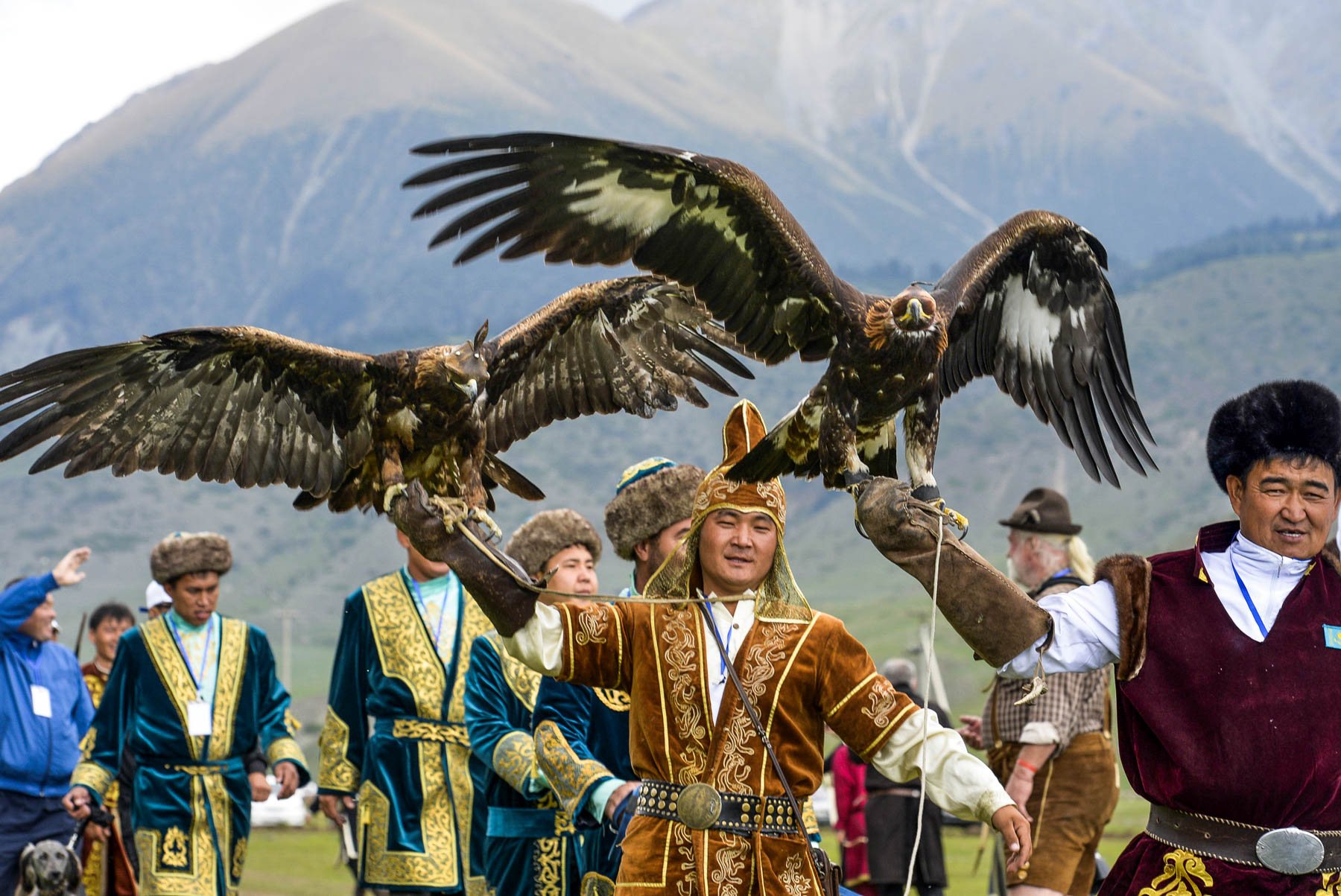
How it all began...
The twentieth century was a time of great changes. Technological advances, combined with an increase in rationalism, led to conflicts and wars. Nationalism became a leading ideology, and its manifestations throughout the world led to the collapse of the colonial system and the emergence of nation-states with clear borders and symbols. The world demanded the creation of a human society made of peaceful interstate institutions.
Sports have played an important role in the peace building process. The French philanthropist Pierre de Coubertin revived the Olympic Games at the end of the nineteenth century. He sought to change the world for the better, to make a contribution towards international understanding. He thought that young people should face each other in sport competitions, not on battlefields.
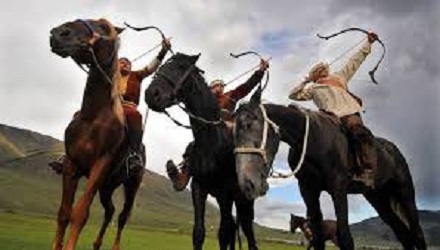 The Olympics and sports championships have started an international movement of pacifist thinking. At the same time, they were the basis for the development of popular culture.
The Olympics and sports championships have started an international movement of pacifist thinking. At the same time, they were the basis for the development of popular culture.
At the end of the twentieth century, there were changes in economic, political and socio-cultural spheres, which gave rise to the phenomenon of globalization. In a globalized world, eroded barriers lead to the freer movement of information, capital, goods, services, and labor. Transnational projects have led to the standardization of preferences, values, and behavioral and cultural patterns. In these circumstances, it is as if the scope of various sports are more alienated from humanity. Records chasing, cold-blooded premeditation and the use of performance-enhancing drugs discredit the high achievements of modern sports.
Today, globalization causes a gradual narrowing of cultural diversity by standardizing vital functions. With the spirit of finding ways to preserve cultural diversity and humanization of sports, President Almazbek Atambaev proposed the idea of the first-ever World Nomad Games in 2012, the mission of which is to revive and preserve the culture, identity and ways of life of nomadic peoples in the era of globalization.
The nomadic world connects millions of people together. Their culture is original, unique, and shows diversity in ways of life of 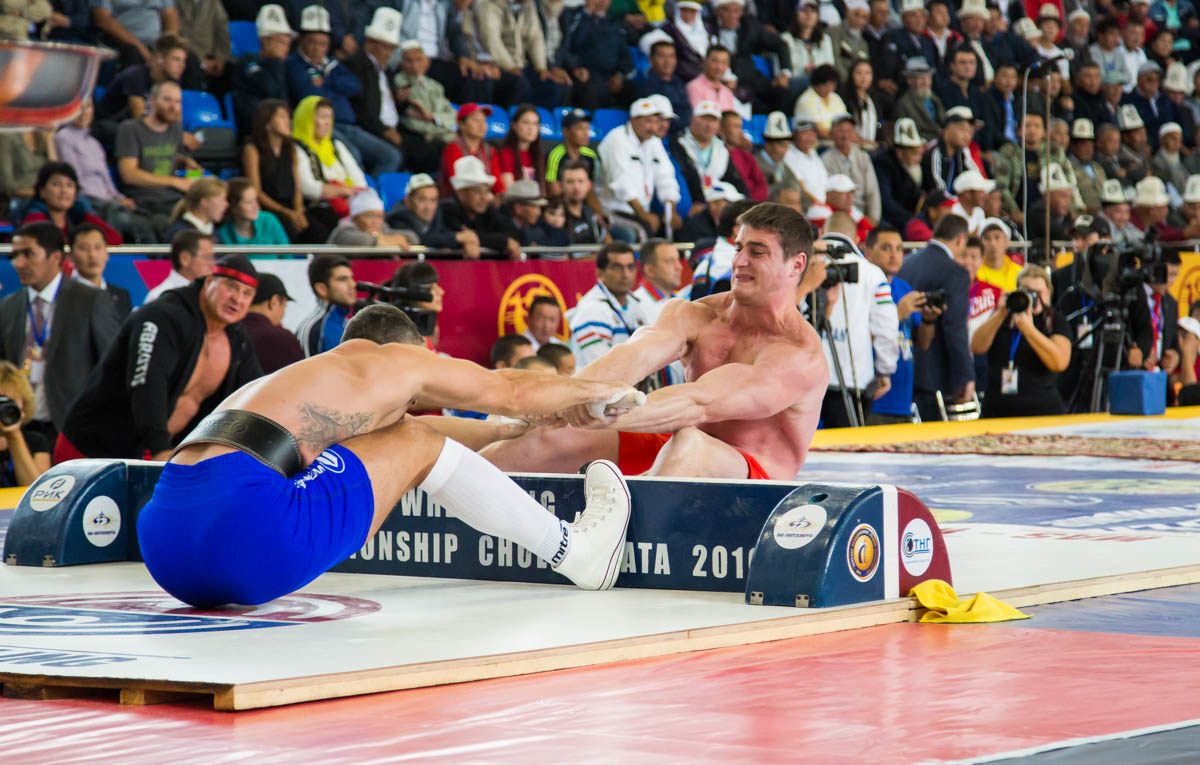 different peoples. For example, a traditional nomadic dwelling is a yurt. There are different types of yurts, depending on where the nomad lives: in the steppes, mountains, desert or forest. This is one example of the richness and scale of nomadic culture.
different peoples. For example, a traditional nomadic dwelling is a yurt. There are different types of yurts, depending on where the nomad lives: in the steppes, mountains, desert or forest. This is one example of the richness and scale of nomadic culture.
When we look at history, we can see that different cultural exchanges happened because of nomads. In the past, before there were tourists or international forums, people lived in one place. The exception to this was nomads, who bravely moved from one place to another, from known areas to unknown ones. Nomads moved from Africa to Eurasia, then to both America and Australia. Nomads populated the world. They continually gained new knowledge and carried it with them to new parts of the world.
Nomadic civilizations coexist harmoniously with nature. By adapting to their ecological environment, nomads do not significantly change the landscape of the earth. Nomads were not warlike, contrary to stereotypes; instead, they spend their free time playing different games of physical and intellectual nature. These games have survived to the present day.
About the World Nomad Games
The World Nomad Games are the biggest international project held in the Kyrgyz Republic, a project initiated by the government in 2012 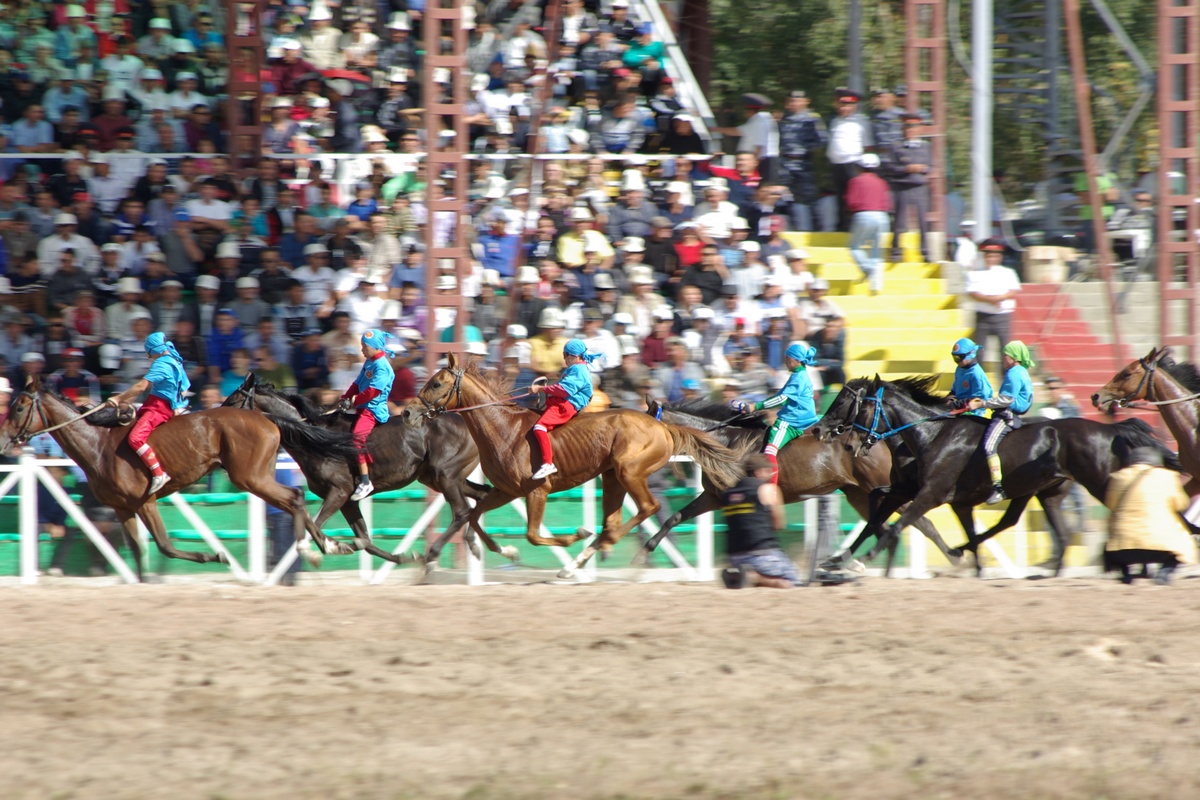 for the revival and preservation of the culture of nomadic civilization.
for the revival and preservation of the culture of nomadic civilization.
The First World Nomad Games were held from September 9th through 14th, 2014, in Cholpon-Ata, in the Issyk-Kul Province of Kyrgyzstan. 583 athletes from 19 countries participated in competitions held in 10 types of sports, plus an additional 1,200 participants in the cultural program. The television broadcast of the Games reached 230 million people.
The Second World Nomad Games were held from September 3rd through 8th, 2016, in Cholpon-Ata, in the Issyk-Kul Province of Kyrgyzstan. 1,200 athletes from 62 countries participated in competitions in 26 types of ethnosports, which were broadcast to 500 million people.
The opening ceremony of the Third World Nomad Games is planned for September 2nd, 2018, in Cholpon-Ata, in the Issyk-Kul Province of Kyrgyzstan. The competitions themselves will be held in five locations.
3,000 athletes from 77 countries are expected to participate in competitions in 37 types of ethnosports.
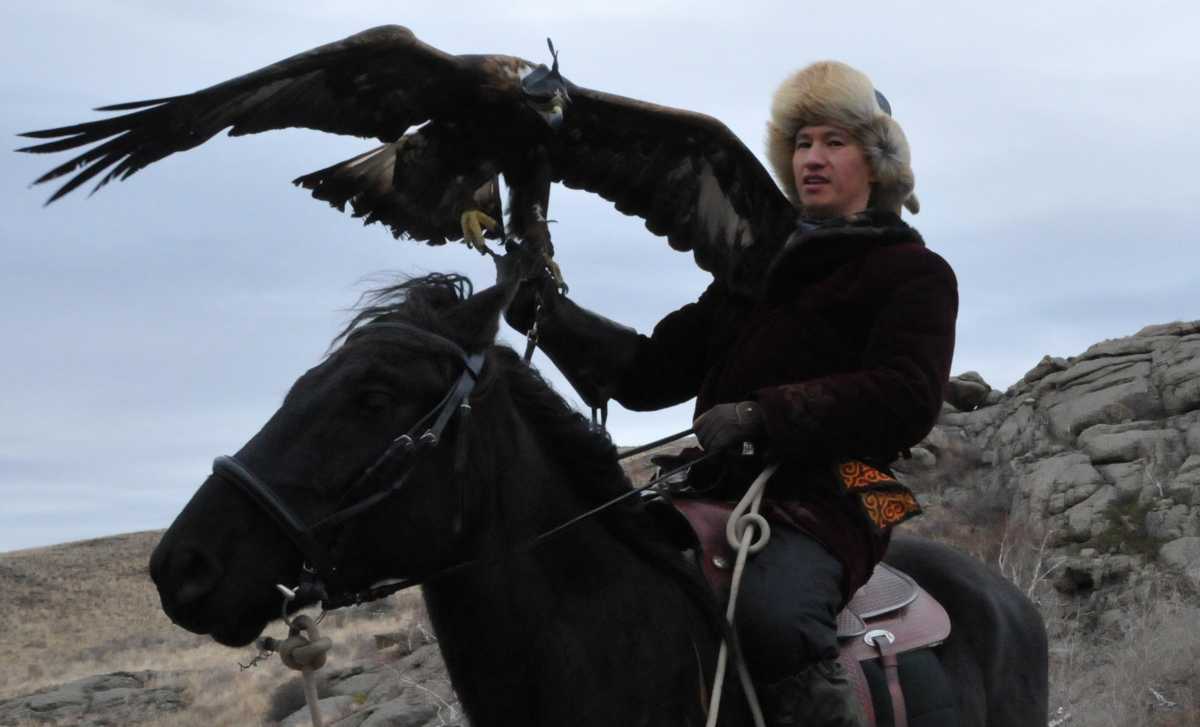 Mission of the third world nomad games
Mission of the third world nomad games
The World Nomad Games are aimed at developing the ethnosport and ethnoculture movement in the world, as this is the heritage of human civilization.
The mission of the World Nomad Games covers the revival, development and preservation of the ethnoculture, diversity and originality of the people of the world in order to foster a more tolerant and open relationship between people. The slogan of the Third World Nomad Games is “United in Strength! United in Spirit!”.
Goals and objectives of the third world nomad games
- Preserving the cultural and historical heritage and diversity of peoples from around the world in the era of globalization;
- Developing the world ethnosport movement;
- Popularizing, developing and promoting ethnosports at the world level, including traditional games and competitions from around the world;
- Support for the scientific and methodological foundation of the ethnosport movement, including ethnosports, traditional games, and traditional competitions;
- Strengthening and further developing interfaith and intercultural dialogue, understanding, friendship, harmony, and cooperation between the people of the world, and demonstrating the cultural diversity of the world.
Special attention at the World Nomad Games is paid to ecology. The official mascot of the World Nomad Games is the snow leopard. The organizers of the Games hope to bring extra attention to the plight of the snow leopard and to saving the habitat of this unique animal.
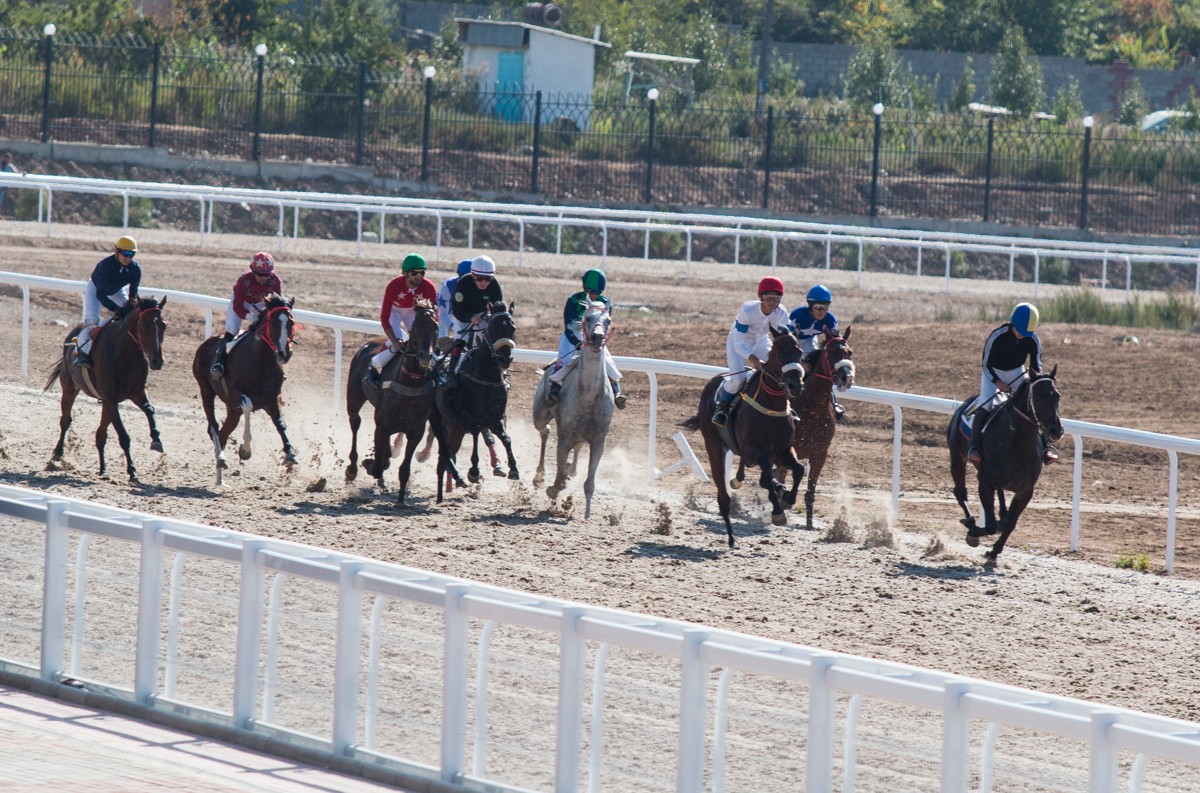 Features of the third world nomad games
Features of the third world nomad games
The 2018 World Nomad Games feature three main parts:
- Ethnoculture
- Ethnosport
- Science
Ethnoculture
The ethnocultural program includes two parts: the Nomad’s Universe international cultural festival, which itself includes the following:
- Ethnohit (folklore and music);
- Ethnodance (traditional dances);
- Ethnofashion (traditional and modern clothing);
- Ethnobazar (exhibition and fair of traditional handicrafts);
- Recitations of epic poems and legends;
- Ethnohouse (traditional nomadic shelters).
The second part of the ethnocultural program of the Third Nomad Games will be the ethnovillage, called Kyrchyn, where large theatrical performances and final competitions will be held. Cultural programs and presentations will also be performed for guests in Kyrchyn, prepared by groups from Bishkek, Osh, and all seven provinces of Kyrgyzstan.
Ethnosport
The ethnosport program consists of competitions in 37 types of sports including traditional games, horse races, horse games, competitions in traditional types of wrestling, competitions in types of martial arts, traditional intellectual games, competitions in archery using traditional bows, competitions in traditional hunting, salbuurun.
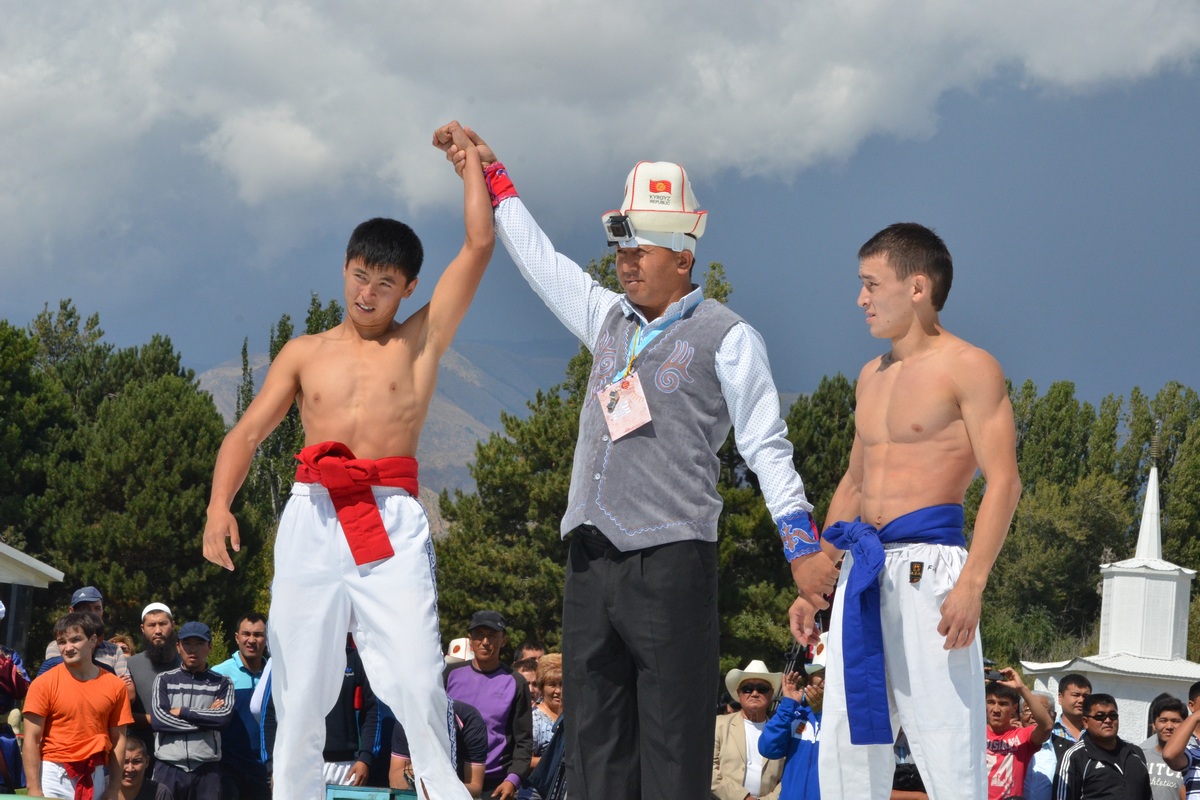 New additions for the third world nomad games: competitions for the great winners
New additions for the third world nomad games: competitions for the great winners
Great nomad wrestling – The Great Nomad Wrestling will be freestyle belt wrestling held between the winners of each of the twelve types of traditional wrestling: Alysh, Aba Gyureshi, Goresh, Gushtini Milli Kamarbandi, Gyulesh, Kazakh Kuresi, Kurash, Kyrgyz Kurosh, Mongol Bokh, Pahlavani, Sambo, Ssireum, Sumo.
The book of great winners – This book chronicles the achievements of the Great Winners at the World Nomad Games, and is formatted in an artistic and traditional style that reflects the nomadic traditions of people around the world.
Demonstration games
Each participating country can present its own traditional games, sports, traditions, and entertainment as a demonstration, which will not be 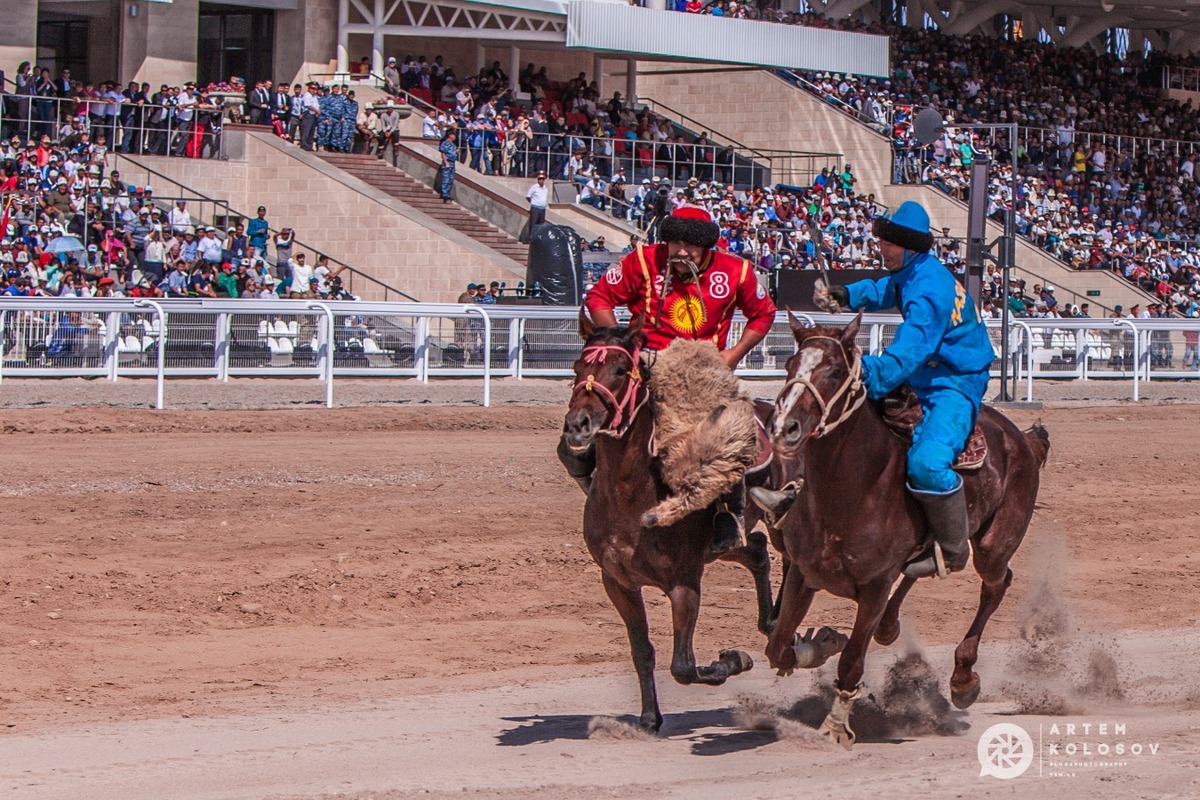 part of the competitive sporting program.
part of the competitive sporting program.
- Kok-boru on horses;
- Kok-boru on yaks;
- Kyz kuumai;
- Tyiyn enmei;
- Djigitovka;
- Camel races;
- Donkey races;
- And other traditional games.
SCIENCE
THIRD WORLD NOMAD GAMES’ SCIENTIFIC FORUM: HISTORICAL HERITAGE AND THE FUTURE
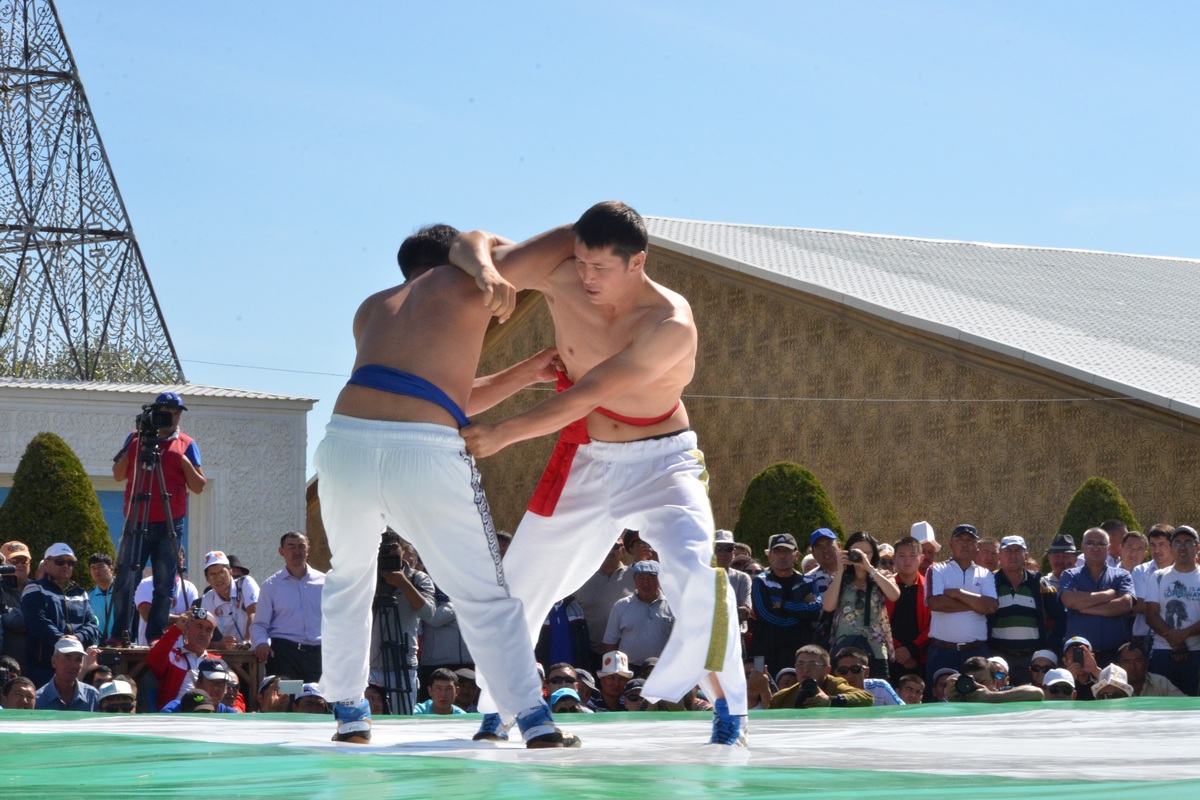 TASKS OF THE FORUM:
TASKS OF THE FORUM:
- Researching the role and place of the culture of nomadic peoples in the development of human civilization;
- Researching the theories of human civilization and forming theories and forming theories of nomadic civilizations;
- History and culture of nomadic civilizations;
- Researching the development of culture and the connection between traditional games and the lifestyle and traditions of peoples;
- Studying the phenomenon of the World Nomad Games as the historical heritage of the world’s peoples, their current conditions, and outlooks for the future;
- Scientific base for the various aspects of traditional physical culture and ethnosport;
- Forming a permanent platform as part of the World Nomad Games for researchers, academics, and the organizers of the Games.
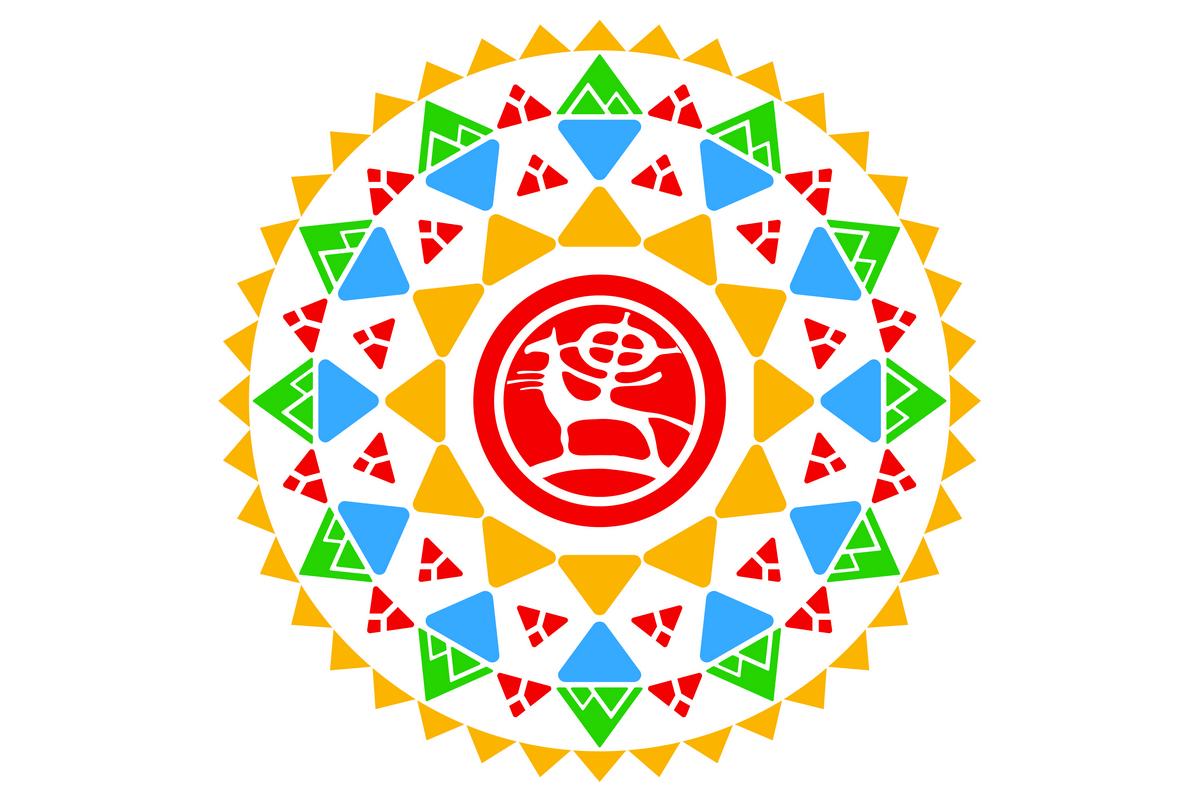 Logo of World Nomad Games
Logo of World Nomad Games
The logo consists of a circle, which represents our universe, and a horse, as the main symbol of nomads, plus a rider – a solar person. Inside the head of the central figure is a cross, which divides the space into the four parts. This is a universal symbol of heavenly blessings.
Why a solar person? Because the sun is a symbol of cleanliness and equality for us, it shines on everyone equally. It’s shown in ancient petroglyphs at Saimaluu-Tash. The Kyrgyz, as representatives of nomadic culture, have held themselves in high moral respect, as we’ve always held ourselves above national and religious divides.










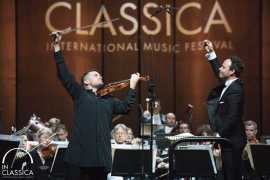

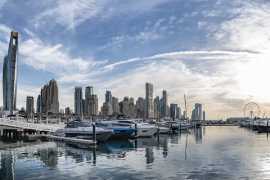



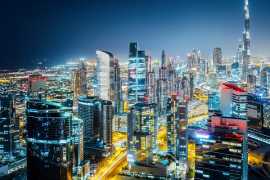









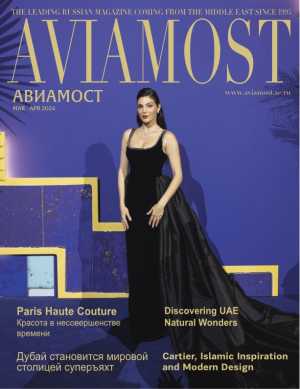

Add new comment